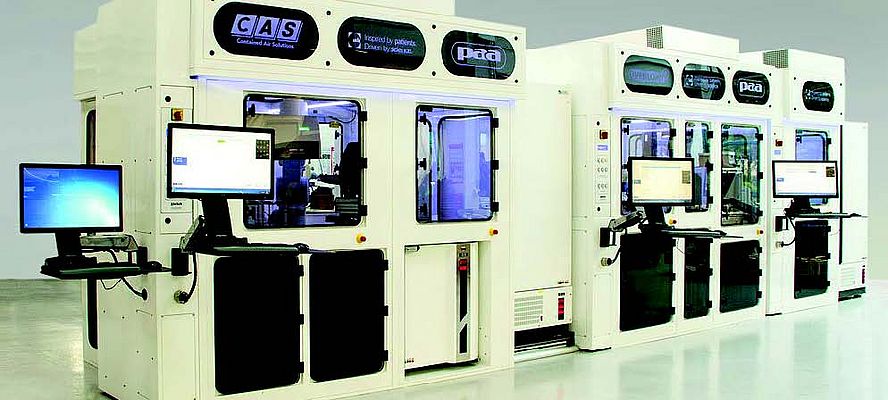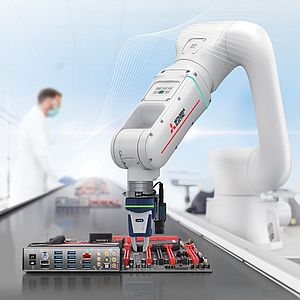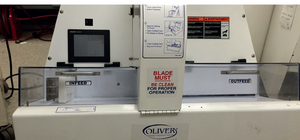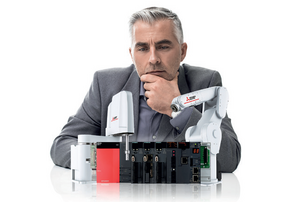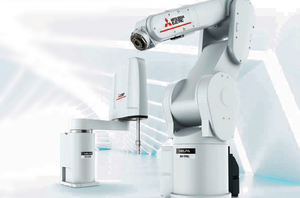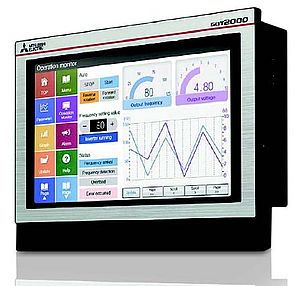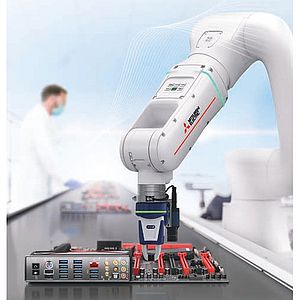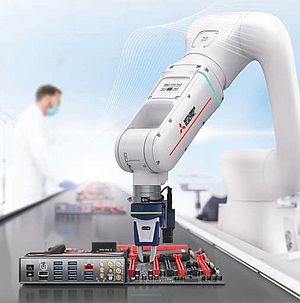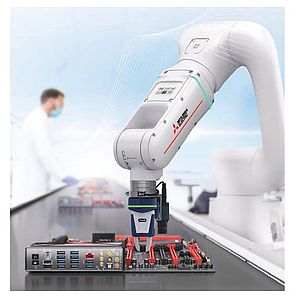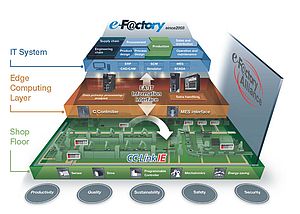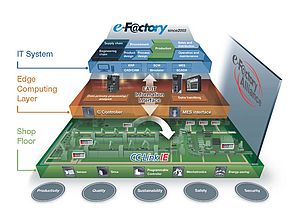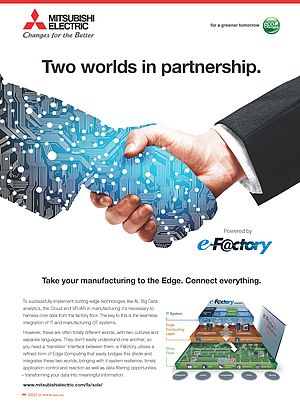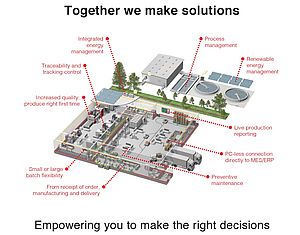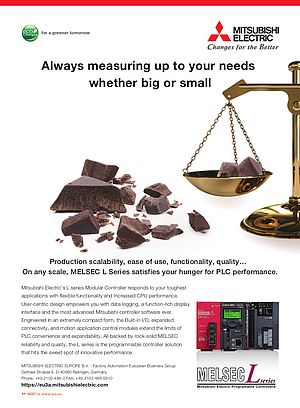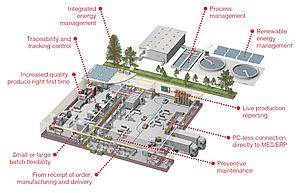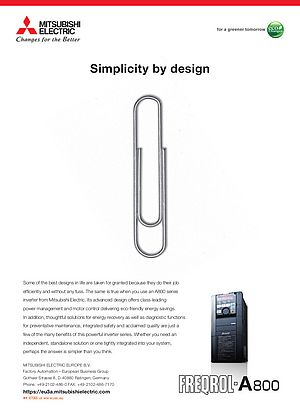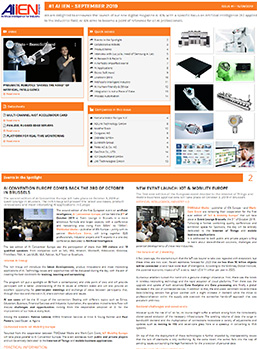An automated primary antibody screening workcell for early stage development of potential new treatments for central nervous system and immunology disorders has been designed and constructed for UCB S.A. by Peak Analysis and Automation (PAA) Ltd. Built around a Mitsubishi Electric robot, the workcell speeds up the process of antibody discovery by allowing the screening of billions of antibody producing B cells.
Medical R&D
UCB S.A. is a multinational biopharmaceutical company headquartered in Brussels, Belgium, that focuses primarily on the research and development of neurological and immune system related medications. The company selected PAA Ltd for the development of an automated solution for vital cell screening processes that would not have been practical to achieve manually. PAA designs automated workcells for the pharmaceutical, biotechnology, healthcare and genomic research industries. To become a therapeutic candidate an antibody is required to have many desirable properties. As more is understood about the biochemical and biophysical properties of antibodies, so the list of desirable properties becomes longer.
Screening essay
This quest for desirable properties produces more challenges for the area of antibody discovery; more antibodies need to be screened, tested and assessed, to allow the selection of the most suitable antibodies to progress. The process is underpinned by the careful design and selection of appropriate primary and secondary screening assay. The sheer number of antibody subjects involved makes the process an ideal candidate for automation: the workcell operates by combining high-throughput cell culture screening and identification with the isolation of single antigen specific B cells using a proprietary technique known as the ‘fluorescent foci’ method.
Natural antibody reportoire
The robot facilitates extremely efficient interrogation of the natural antibody repertoire. In a typical early stage screening campaign, a billion antibody producing B cells can be screened to find the ones with some of the desirable properties, a number that would be all but unimaginable if manual techniques were used. “The workcell’s efficient sampling allows the fast discovery of those few antibodies which have required characteristics,” explains Dr Malcolm Crook, a Technical Director at PAA. A key benefit of the antibody discovery workcell for companies like UCB is that it reduces the time required to identify potential candidate antibodies compared to manual methods, delivering useful starting points from which to allow subsequent discovery of therapies and treatments in the downstream antibody discovery process far more quickly than was previously possible.
It also allows multiple projects to be carried out in parallel, thus addressing a broad spectrum of disease mediators The workcell is based on a Mitsubishi Electric robot with six axes of movement. In this application it has also been
mounted on a ballscrew-driven travel base so that it can move between two locations within the workcell to perform different tasks. This linear movement is fully integrated with the robot’s own motion axes, using a Mitsubishi Electric SSCNet high speed motion control network. PAA fitted the robot with a standalone controller with SSCNet onboard, although Mitsubishi Electric also uniquely offers robots that can be controlled via an integrated PLC rack-mounted robot controller.


